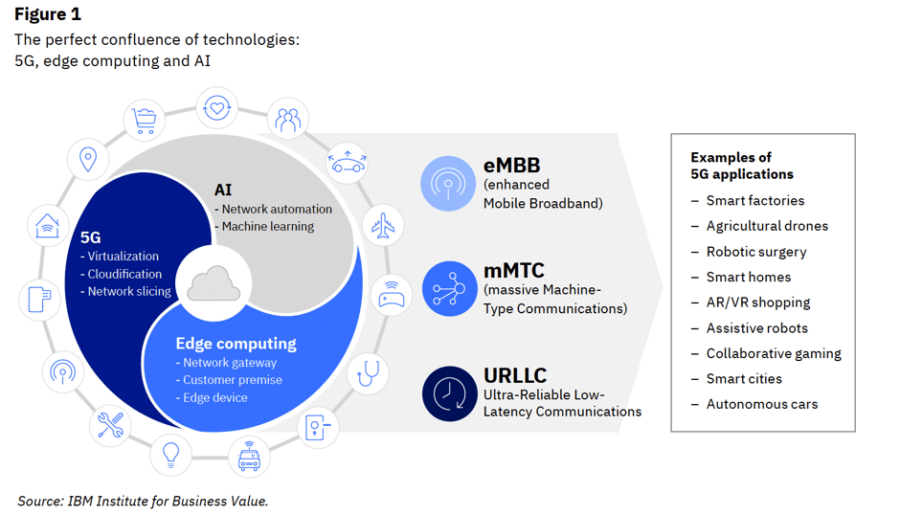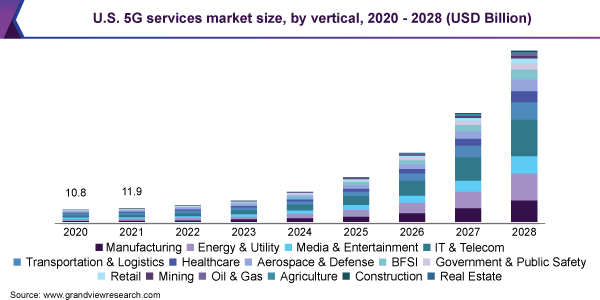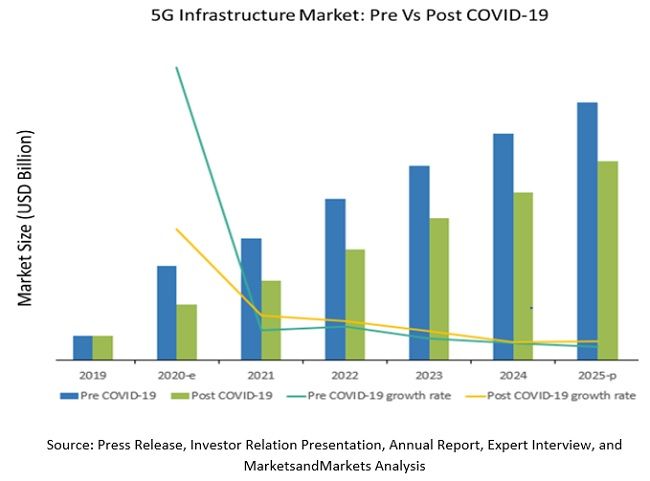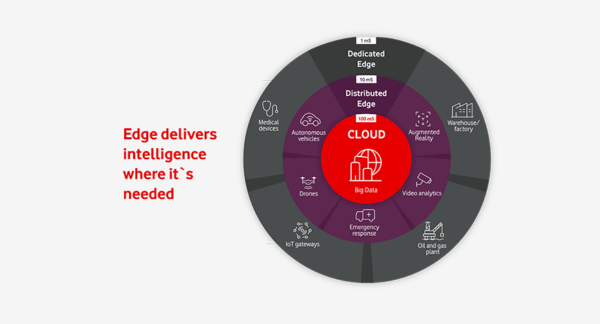Are you curious about which telecom trend will soon impact your business? Being a telco, it is essential to stay updated with the latest trends in the industry.
The telecom sector continues to be the epicenter of innovation, growth and welcoming new opportunities like VoIP technology, AI-backed conversational platforms, cloud-based and open technologies to make it a highly competitive market for all.
Heading to the mid of 2021, telecommunication and many other industry leaders are shifting to some critical strategic opportunities, for which they have to:
- Boldly position themselves to survive in the market.
- Recover from the pandemic that remains in the world.
Apparently, you can attain that by focusing on the right solutions and more prominently on these three critical points.
- Re-strategize how customer’s needs will be fulfilled, taking a more nuanced approach to contenting the customers.
- Improve strategies to enhance business agility.
- Reposition to monetize modern wireless networks by introducing new and better services and products in the telecom industry.
In this article, we will explore our in-depth understanding of the telecom industry so that you are up to date with the current trends prevailing in the telecom market.
Roadmap to Telecommunication Trends That Rules 2021 [And, in the Future too]
The telecom industry is not the same as it was before the pandemic. The expansion, re-building policies, and better and advanced technologies are how we can capture, sustain, and excel in the industry again.
Besides, here are some telecommunication trends that you must focus on;
1. Expansion of 5G Deployment
5G in telecom brings much more to the table than just excellent speed throughout the processes. It empowers massive machine-type communications that support IoT, which is currently being adopted by many industry verticals. Besides, it offers exceptionally reliable low-latency communications for mission-critical applications.
5G is poised to meet the demand for high-speed connectivity to keep businesses and customers happy. Lesser cost, ultrafast speed, and lower latency are some expected benefits of 5G that the telecom industry will continue to experience with the usage of 5G.
Also, as the telecom sector gradually rolls out 5G-powered infrastructure and devices, connectivity will take a massive stride towards the future.
The strategies and policies to survive telecom will now be influenced by the impact of the COVID-19 pandemic.
2. AI-Powered Conversational Platforms
Artificial Intelligence is probably experienced in one of the different aspects of our lives nowadays. In 2021, the impact of AI is more substantial, and it will continue to become more robust and influential in the coming years.
By 2020, customers will manage 85% of their relationship with the enterprise without interacting with a human. – Gartner Predicts
Automated customer service is the area where the investment of AI companies is going nowadays. The use of AI will continue to grow in the telecom sector just like it is today. The primary focus will be on predictive maintenance and network optimization. Telecommunication trends even push AI-powered tools like chatbots, virtual assistants, and conversational AI to empower the business telephony for deploying satisfactory customer service.
Simply put, the telecom industry will also have to find new ways to balance AI and humans to deliver a satisfactory customer experience. Identifying the precise areas for AI implementation saves uptime while focusing on other critical core operations.
3. Machine Learning and Artificial Intelligence
The indulgence of machine learning and artificial intelligence is notable in 2021, and it will stay here in use in the telecom industry. It is one of the most significant telecommunication trends that can rely on nowadays.
According to Forbes, “Telecommunications is one of the fastest-growing industries that uses AI/ML in many aspects of their business from enhancing the customer experience to predictive maintenance to improving network reliability.”
Statistical data is imperative for different industries, and telecom is one of them. The usage of AI-powered tools like machine learning and chatbots can help the telecom industry (even other industry verticals) grow tremendously. Being the right tools allows companies to generate valuable data, which delivers a highly satisfactory customer experience. Apart from that, telecom can even expect meaningful insights to keep business running in the right direction.
AI-driven tools like chatbots and virtual assistants ensure adequate customer support. The reason is the ability to deploy personalized customer engagement services based on the data fetched from the users. With AI-based analytics, telecom will get the capability to predict future trends and constantly assess their services/products for pitfalls and bugs.
4. Edge Computing
The massive shift can be a witness in networking requirements. The entire world is under the influence of new normal, i.e., remote working (and probably every industry is aware of that).
Like other industries, telecom also focuses on managing data security since most work is remote and online. Hence, AI can’t be restricted to the data center; telcos must take it at the site level.
Technologies like 5G networks strengthen cybersecurity and highly efficient remote functions, which could be risky for both the users and the companies.
Businesses’ reactions to the pandemic response have leaned heavily on the cloud, and demand and revenue escalated for AWS, Azure, Google Cloud, and Alibaba, and are expected to grow more in 2021. – Tech Republic
Following the telecommunication trend, telcos need to introspect and define the edge computing strategy to play the market significantly.
Here are some factors to consider:
- Utilize the services of a hyperscaler like Google and Amazon
- Develop a dedicated infrastructure within themselves
As per the telecommunication trends of 2021, new business models will have to be developed. Like automated vehicles or surgical robots that excessively depend on low latency levels and high connectivity.
For devices, the data can be transmitted in real-time while taking instant actions on the connectivity problems. Edge computing means taking computation away from data centers to the edge of the network. Hence, intelligent objects and network gateways offer reliable and efficient services on the cloud’s behalf.
With edge computing, telecom can speed up data processing in real-time using connected devices. Since this trend is all progressing in this industry, the telcos are predicted to stick to it for years to come.
5. DevOps
This isn’t that new to the telcos; however, it is still in the telecommunication trends that we follow this year and possibly in many years to come.
DevOps in telecom is rapidly shifting towards virtualization platforms. Telcos can constantly deploy new, advanced, and highly functional DevOps. However, there is a need to adopt this shift while preserving network stability. With DevOps, these telecom processes can perform efficiently and in a more synchronized manner.
Telcos can enjoy certain significant benefits with DevOps utilization like effective control over the network, no manual configuration, real-time orchestration, minimum time to market new apps, and efficiently deploying highly scalable solutions.
6. Internet of Things
COVID-19 pandemic has undoubtedly tested the resilience of companies that majorly depend on the physical presence of employees—for example, a manufacturing firm. However, the others who have smartly shifted to intelligent factories and 5G-based IoT devices will sustain longer.
Espoo, Finland – Nokia’s 5G “factory of the future” in Oulu, Finland was selected by McKinsey and the World Economic Forum as an Advanced 4th Industrial Revolution (4IR) Lighthouse, reflecting leadership and proven success in adopting and implementing 4IR technologies at scale. –NOKIA
Nokia’s Oulu factory is the ideal example of minimum human intervention to carry on its operations. The market (by 2025) will have two to three IoT devices for each individual, which means telcos will have to figure out how they will utilize it to sustain the market. A reliable strategy with a scalable action plan will help.
2021 has laid the foundation, using the Internet of Things, of a future where telcos will depend on devices to interact and connect people, data, and processes using the power of technology like 5G. Besides, sensors for predictive maintenance and equipment monitoring for minimum costs and downtime will come into play.
7. High-Resolution Content
There is a notable increase in the use of smartphones in the past few years. Also, we can’t deny the demand for reliable internet connection has also accelerated. The increased consumption of quality and heavy content transfer is critical for many businesses, including telecommunications.
The telecommunications trend includes the usage of high-resolution content for driving improvement in the quality of information media, including music, videos, and images. Also, there has been an inclination towards information media like augmented reality and virtual reality. Since the usage of such high-resolution content is high, we need high-speed transmission along with low latency to build high-capacity telecommunication networks.
Have you heard about Subspace? It is a US-based startup that builds networks for online multiplayer games. To keep lag at a minimum and deploy seamless experiences to the users, they utilize custom network routing hardware to protect the integrity of the game. They experience ridiculously excellent player retention and revenue with their networking strategy build specifically for gamers.
Are You Ready to Take Up Telecommunication Trends?
Telecoms have all the opportunities to grow and excel with these notable telecommunication trends. Adopting these trends can shape a new reality for telcos by leveraging the strength of modern, innovative, and creative wireless technologies.
This next-gen shift will help companies recover from the COVID-19 impact and open paths for tremendous growth and success. Network optimization, predictive analytics, chatbots, virtual assistants, 5G, and IoT will be a significant part of telcos.
So, to effectively sustain the business communication market, relying on these telecommunication trends is an ideal solution. These trends are the future of telcos and many other industry verticals. It is highly recommended to bring these to notice.




